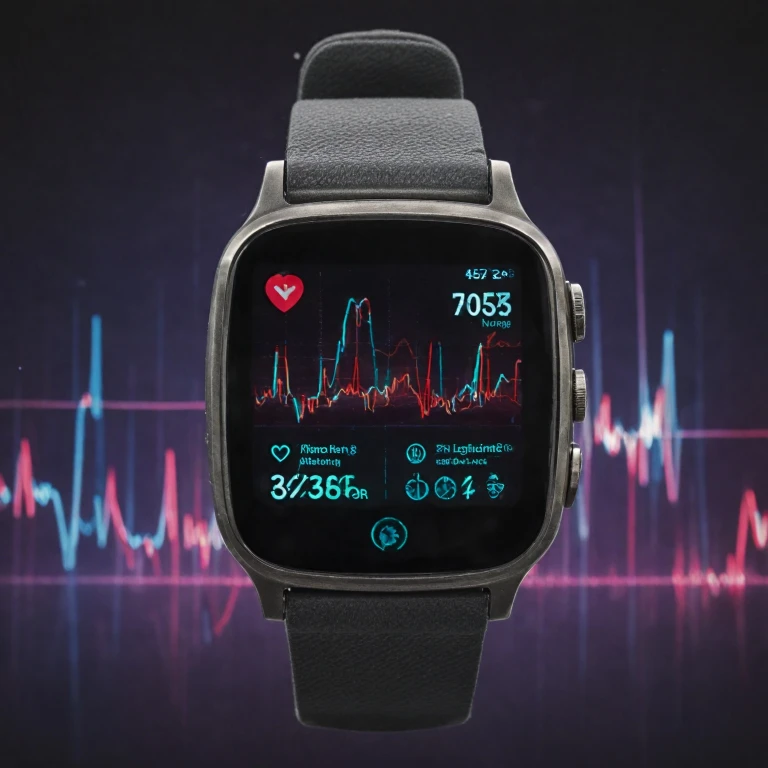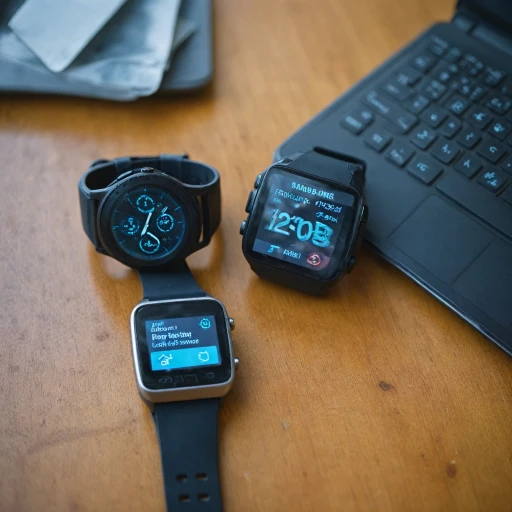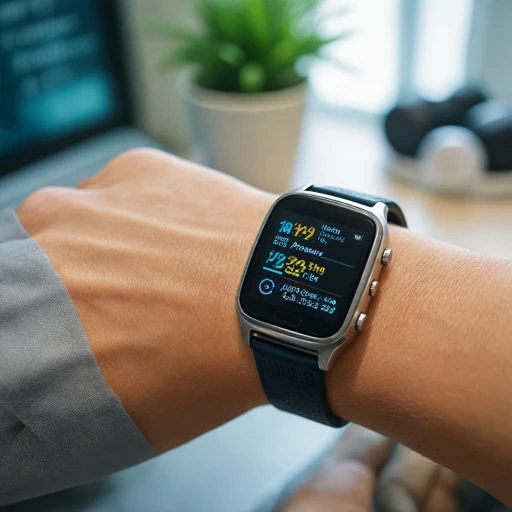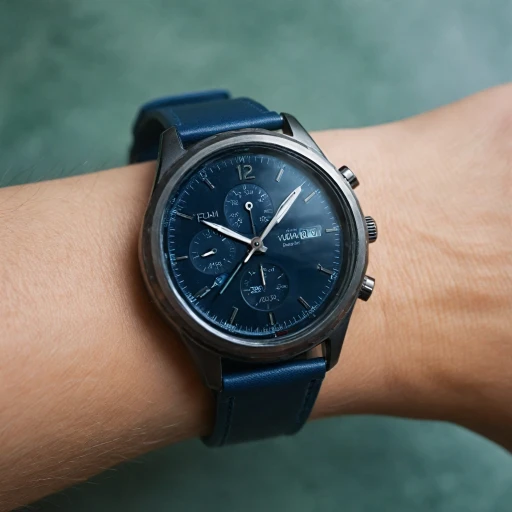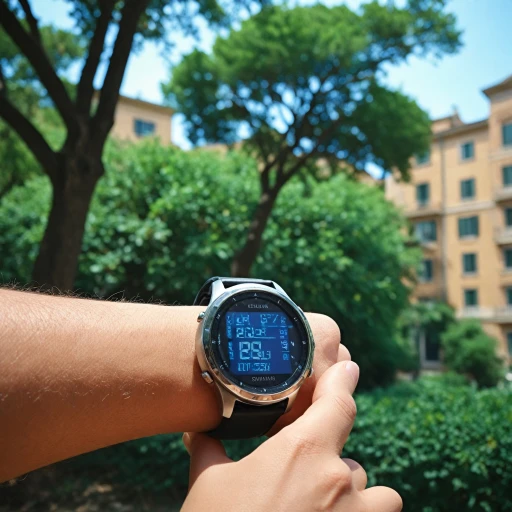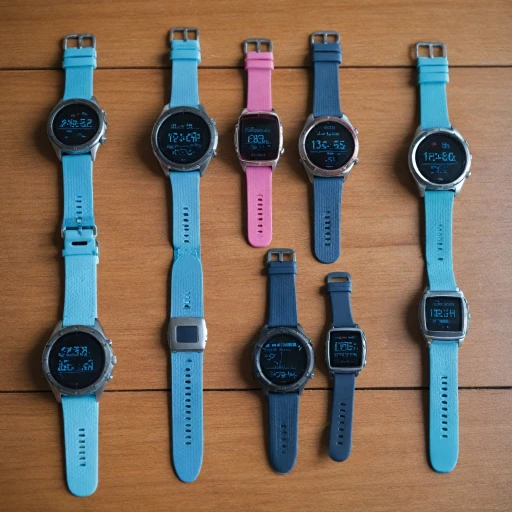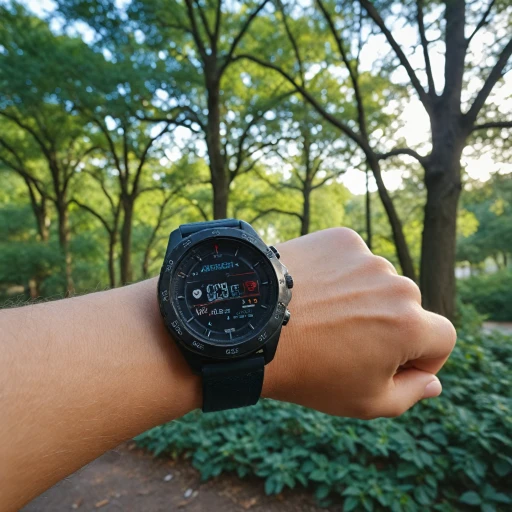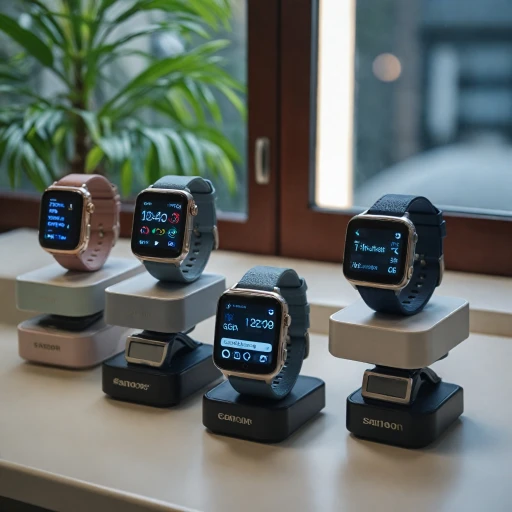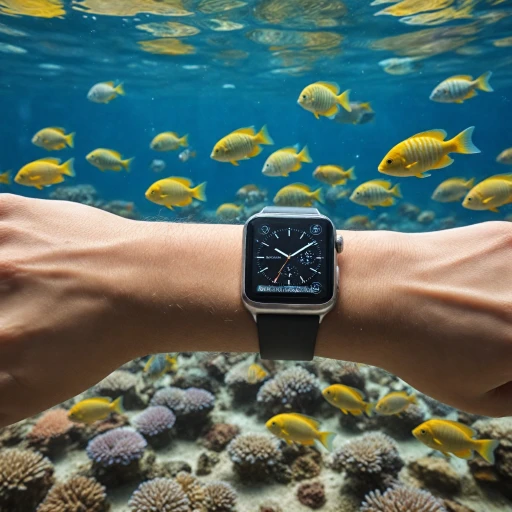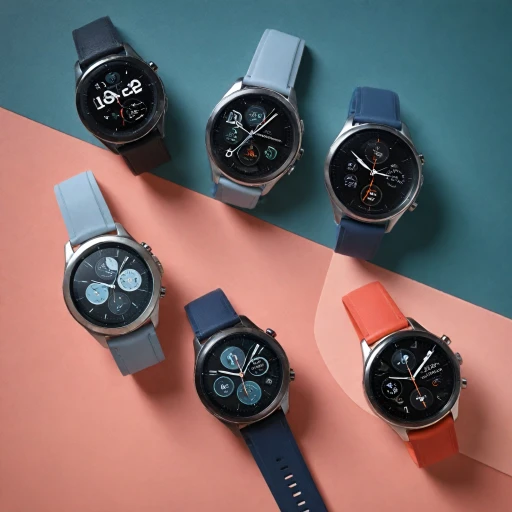
What is Heart Rate Variability?
Exploring the Concept of Variability in Heart Dynamics
Heart Rate Variability (HRV) is an intriguing, yet complex aspect of cardiac health. It's the term used to describe the variation in time between successive heartbeats, also referred to as heart rhythm. This dynamic change in heart rate over short and long terms is regulated by the autonomic nervous system, which plays a vital role in our body's involuntary functions. The heart's rhythmic changes are governed by two main branches of the autonomic nervous system: the sympathetic and vagal (parasympathetic) nervous systems. When viewed through the lens of HRV, these systems act like a seesaw; the sympathetic nervous system ramps up our heart rate during physical activity, while the vagal system brings it down during rest. High variability in heart rate indicates a healthy balance between these systems, signaling flexibility and adaptability to stressors, whereas low variability may point to potential health issues. To delve further into understanding this concept, consider the different measures used to quantify HRV. These include time domain measures, such as the standard deviation of all heartbeats, and frequency domain methods that assess bands of power in spectral analysis. High frequency bands often link to the vagal system, whereas low frequency bands are influenced by both sympathetic and vagal activities, with very low frequency (VLF) power being a significant aspect of intrinsic cardiac rhythms. The importance of monitoring HRV cannot be overstated, as it has become a recognized indicator of overall health, stress levels, and even fitness. Those seeking to optimize their well-being can gain valuable insights by tracking HRV. For more extensive information on health monitoring tech, explore the advantages offered by an ECG watch.How Smartwatches Measure Heart Rate Variability
How Smartwatches Collect Heart Rate Variability Data
To effectively monitor heart rate variability (HRV), smartwatches employ a variety of sophisticated technologies. The intrinsic cardiac function and adjustments in heart rhythms are captured using light sensors and advanced algorithms, analyzing subtle variances in heartbeats over time.
Many smartwatches measure HRV through photoplethysmography (PPG), which tracks changes in blood volume by illuminating the skin and measuring the light absorption changes. This method detects each heartbeat, enabling the determination of both low frequency (LF) and high frequency (HF) bands through spectral analysis. These frequencies indicate the state of autonomic nervous system, including sympathetic and vagal balances.
Key domains for HRV measurement include:
- Time Domain Measures: Standard deviation of heart rhythms over a set time, reflecting short term variations and intrinsic cardiac nervous responses.
- Frequency Domain Measures: Analysis of power within various frequency bands—high frequency (HF) and very low frequency (VLF) power are common—providing insights into heart rhythm frequencies.
Smartwatches record continuous data to capture variations in short, long, and high term activities. However, factors such as activity level and recording conditions may affect accuracy, and it's important to review recordings over time for a comprehensive understanding. If you're exploring smartwatches for health monitoring, check out innovations in the blood sugar domain as well.
The Benefits of Monitoring Heart Rate Variability
Unlocking the Potential of Heart Rate Variability Analysis
Monitoring heart rate variability (HRV) offers a multitude of benefits that extend beyond basic fitness insights. This metric provides a window into the complex autonomic nervous system, giving a deeper understanding of one's overall health and well-being. Its measurements delve into the balance between the sympathetic and vagal aspects of our cardiac nervous system, offering both short term and long term insights.
HRV analysis is paramount in understanding how stress, recovery, and sleep impact the body's intrinsic cardiac functions. For instance, lower HRV may indicate undue stress or high sympathetic activity, signaling the body is in need of rest and recovery. On the other hand, a high HRV often reflects balanced autonomic nervous function and good cardiovascular fitness, indicating resilience and adaptability to stress.
The diverse frequency domain measures such as low frequency and high frequency bands, along with the time domain analysis, provide comprehensive insights. These include aspects such as the standard deviation of heart periods and the power in various frequency bands. This valuable information aids individuals in tailoring lifestyle changes or training regimens more effectively.
Corporate wellness programs and healthcare providers are harnessing HRV data to deliver personalized health recommendations. This leads to a more targeted approach in preventative health, supported by real-time heart and rate variability monitoring.
However, challenges in accurate HRV measurement do exist. The need for precise spectral analysis and correctly capturing heart rhythms limits some of the integration seen across smartwatches today, as explored in other sections. There's also the issue of discrepancies in vlf power recordings among devices. Those interested in resolving synchronization problems with their smartwatch might find guidance in this troubleshooting Fitbit sync issues guide.
Challenges in Accurate HRV Measurement
Overcoming the Hurdles in HRV Measurement
While heart rate variability (HRV) is a valuable metric for assessing the autonomic nervous system's health, accurately measuring it through smartwatches presents several challenges. These devices rely on optical sensors to track heart rhythms, which can be influenced by various factors, potentially affecting the precision of HRV readings.
One of the primary challenges lies in the time domain and frequency domain measures. These domains require precise recordings of heart rate intervals, which can be disrupted by motion artifacts during physical activity. This is particularly problematic in short-term HRV measurements, where even minor movements can skew results.
Moreover, the intrinsic cardiac signals that smartwatches capture are often subject to noise, especially in low-frequency and high-frequency bands. This noise can interfere with the spectral analysis needed to determine the balance between sympathetic and vagal influences on the heart.
Another issue is the variability in skin tone and wrist placement, which can affect the optical sensor's ability to detect heart rhythms accurately. This variability can lead to inconsistencies in HRV data, making it difficult to rely on these readings for long-term health assessments.
Despite these challenges, advancements in sensor technology and algorithms continue to improve the accuracy of HRV measurements. However, users should remain aware of these limitations and consider them when interpreting their smartwatch's HRV data.
Comparing HRV Features Across Popular Smartwatch Brands
Comparative Features of Major Smartwatch Brands in HRV Monitoring
When considering heart rate variability (HRV) features in smartwatches, it's important to understand how different brands measure and present these vital statistics. Each brand leverages its technology to offer insights into the intricate workings of the autonomic nervous system, including both sympathetic and vagal balance. Here's a glance at what some popular brands provide:- Apple Watch: A staple in the smartwatch domain, it utilizes advanced sensors to capture high frequency and low frequency data which contribute to its HRV readings. With its focus on long-term health metrics, users can track changes over time, aided by visually intuitive data presented in both time and frequency domains.
- Garmin: Known for its precision in health and fitness tracking, Garmin incorporates spectral analysis to capture low frequency and high frequency bands. This aids users who are keen on monitoring the sympathetic nervous activity and intrinsic cardiac rhythms. Their HRV metrics can be used to evaluate short term stress and activity levels.
- Fitbit: While predominantly a fitness device, Fitbit has made strides in the domain of HRV by emphasizing short term variability readings. It calculates standard deviation of interval recordings, giving users access to fluctuations that may reflect their current cardiac nervous state.
Future Trends in Heart Rate Variability and Smartwatches
Innovative Directions in Heart Rate Variability Monitoring
The potential for heart rate variability (HRV) monitoring to become a staple feature in smartwatches continues to grow, driven by advancements in technology and an increasing focus on health and wellness. The future trends in HRV and its integration into wearable technology can be explored through several key developments:- Enhanced Sensor Technology: Future smartwatches are likely to feature improved sensors that provide more accurate recordings of HRV. These sensors will better distinguish between the sympathetic and parasympathetic components of the autonomic nervous system, leading to precise insights into both short-term and long-term variability.
- Advanced Algorithms: The use of advanced algorithms and spectral analysis is expected to improve the interpretation of HRV data. These algorithms will better account for the intrinsic cardiac rhythms and time domain measures, refining the accuracy of low frequency and high frequency variability readings.
- Integration with Health Systems: As other sections have discussed the benefits of HRV monitoring, the integration of this data into broader health systems will advance. Smartwatch data could be used by healthcare providers to monitor cardiac health in real-time, offering insights into long-term trends that inform personalized health interventions.
- User-Friendly Interfaces: The future will likely see more user-friendly interfaces that make HRV data accessible for the average consumer. By simplifying the presentation of complex data such as standard deviation and high frequency band variability, users can easily understand their cardiac and nervous system health.
- Customization for Individual Needs: Personalization in smartwatches is on the horizon, allowing users to tailor HRV tracking to their specific activities and health goals. With customization, users can focus on particular metrics such as the vagal tone or VLF power to suit their needs.
